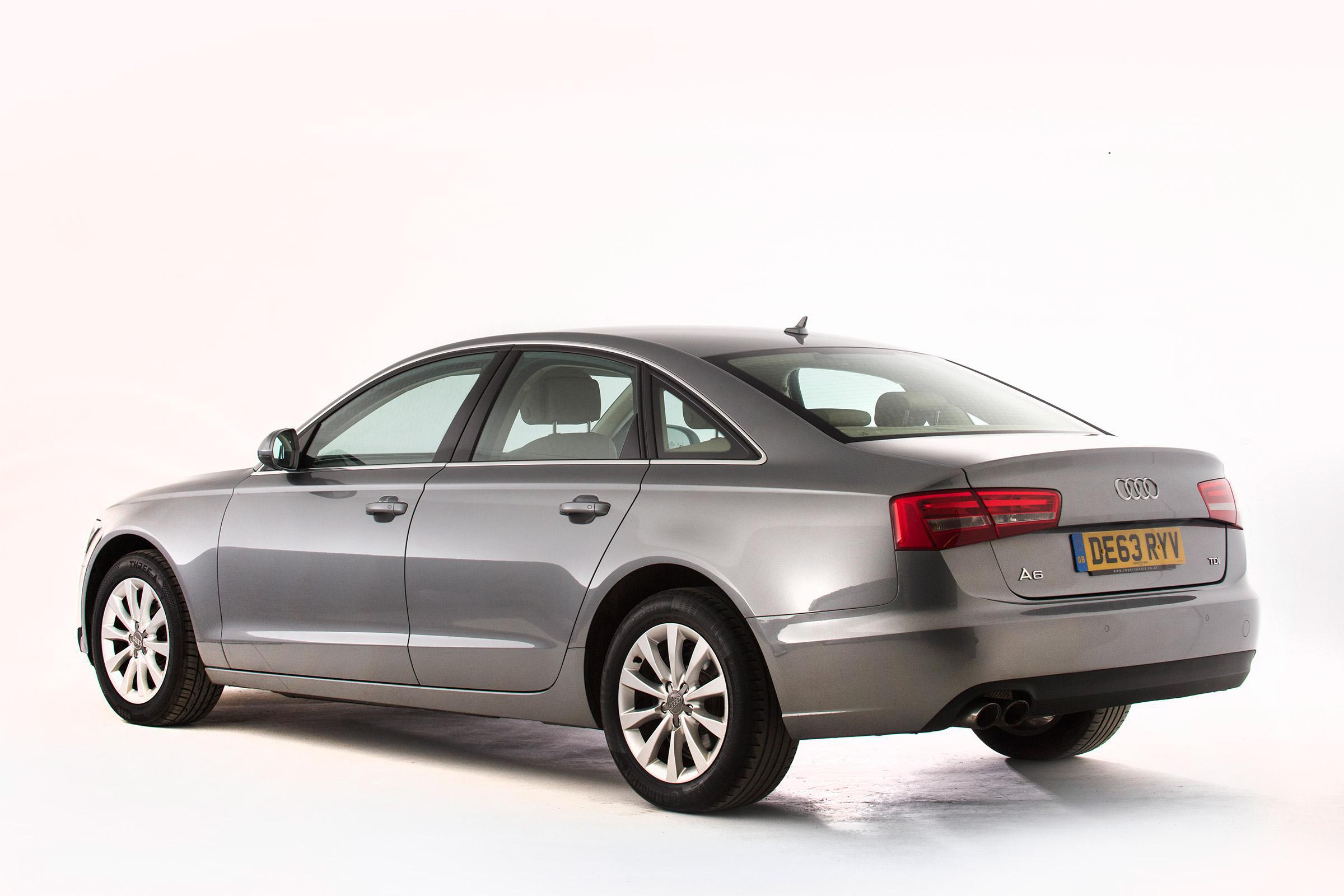Railroad Museum exhibit looks at the history of the dining car, Local News
Railroad Museum exhibit looks at the history of the dining car
Nick Zmijewski, left, and Dodie Robbins sit in the Pullman Lotos club car, one of two dining cars at the Railroad Museum of Pennsylvania. The museum is presently featuring the history of dining cars.
America’s very first dining car, the Pullman Delmonico, circa 1868.
Pennsylvania Railroad dining car circa 1940
In the early days of rail passenger service, travelers had to leave the train at designated stations if they dreamed a meal.
That switched in one thousand eight hundred sixty eight when the Pullman Co. unveiled the Delmonico, a plush dining car named for the famous Fresh York City restaurant. The age of dining on the rails was born.
Now through the end of the year, the Railroad Museum of Pennsylvania is hosting “A Very first Class Restaurant On Wheels: The Story of the Railroad Dining Car,” which will highlight the rail car dining, which hit its zenith in the very first half of the twentieth century, the “Golden Age of Railroading.”
It all began with the posh car built for the Chicago and Alton Railroad.
“The Pullman Co. wished to build a dining car to familiarize people with that dining practice, so they built the Delmonico,” said Troy Grubb, museum educator. “It was very fancy. Very plush. The food was enormously good and the service was wonderful.”
The display, which is in the museum’s 2nd floor gallery, features display cases packed with the unique china patterns used by such carriers as the Pennsylvania Railroad, the Lehigh Valley Railroad, the Reading Company and Baltimore and Ohio lines, as well as many others.
There is also a child’s menu printed on a puny cardboard rail car, items of fine silver used by Pullman and others, and photos covering the evolution of the dining car from the Delmonico to modern-day.
“This exhibit was a chance for us to bring out some of our more sensitized materials that we have in our collection; items that don’t normally get a chance to be seen,” said Dodie Robbins, the museum’s collections manager.
One unique item is a starched white tunic used by waiters on the Western Maryland Railway.
Dining car food was ready in cramped kitchens and served by a highly-trained staff of waiters.
“It gave passengers the feeling they were eating at a fine restaurant,” said Nick Zmijewski, the museum’s archives manager.
There is also a four-bar xylophone used by a steward to signal meal time as he walked through the passenger cars.
One display case features sample foods that might be served, placed on a set of “Purple Laurel” china; an elegant Pennsylvania Railroad pattern used in the 1930s and 40s.
The meals were sumptuous and relatively inexpensive, even by the standards of the day. A one thousand nine hundred forty Pennsylvania Railroad menu lists roast prime rib au jus with soup or tomato juice, asparagus tips, Virginia potatoes, fresh vegetables, rolls, a beverage and ice juice for $1.50. A cup of soup was forty cents, a cup thirty cents.
“Dining service was seldom done to make money,” says Zmijewski. “It was done to encourage ridership. They would not make money on the meal, but they would make money on the passage.”
The museum has two cars in its collection that contain dining facilities, a business car for executives and a Pullman Lotos club car that is part passenger and part dining. Neither are open to the public, but visitors can look inwards from platforms outside the cars.
Albeit not as elegant as in the past, on-board dining resumes to this day. However, it will soon fall under a renaissance of sorts.
“Amtrak has fresh dining cars that will be delivered in the next year or two to substitute the diners from the 1950s that are still in use, in order to attempt to improve the overall the practice,” said Zmijewski. “They hope to make that a thicker part of their market.”

Leave a Reply